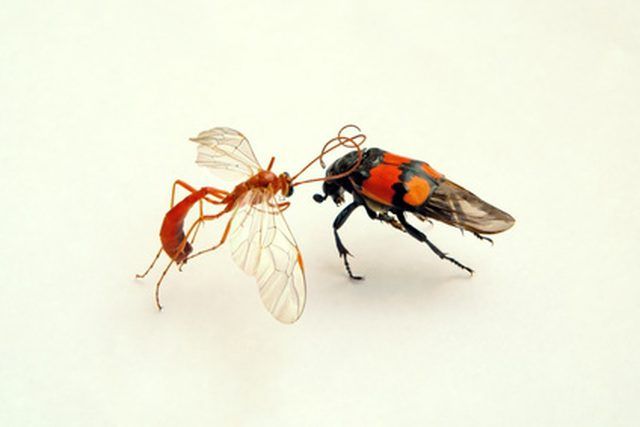Bulbs
Flower Basics
Flower Beds & Specialty Gardens
Flower Garden
Garden Furniture
Garden Gnomes
Garden Seeds
Garden Sheds
Garden Statues
Garden Tools & Supplies
Gardening Basics
Green & Organic
Groundcovers & Vines
Growing Annuals
Growing Basil
Growing Beans
Growing Berries
Growing Blueberries
Growing Cactus
Growing Corn
Growing Cotton
Growing Edibles
Growing Flowers
Growing Garlic
Growing Grapes
Growing Grass
Growing Herbs
Growing Jasmine
Growing Mint
Growing Mushrooms
Orchids
Growing Peanuts
Growing Perennials
Growing Plants
Growing Rosemary
Growing Roses
Growing Strawberries
Growing Sunflowers
Growing Thyme
Growing Tomatoes
Growing Tulips
Growing Vegetables
Herb Basics
Herb Garden
Indoor Growing
Landscaping Basics
Landscaping Patios
Landscaping Plants
Landscaping Shrubs
Landscaping Trees
Landscaping Walks & Pathways
Lawn Basics
Lawn Maintenance
Lawn Mowers
Lawn Ornaments
Lawn Planting
Lawn Tools
Outdoor Growing
Overall Landscape Planning
Pests, Weeds & Problems
Plant Basics
Rock Garden
Rose Garden
Shrubs
Soil
Specialty Gardens
Trees
Vegetable Garden
Yard Maintenance
Adaptation and Function of Venus Flytrap
Adaptation and Function of Venus Flytrap. The Venus Flytrap is one of nature's more mysterious plants. Unlike other plants that take their nutrients from the sun and the soil, the Venus Flytrap has adapted to get nutrients from insects. In effect, the plants "eat bugs" despite the fact that they have no muscular system. The plant has developed many...

The Venus Flytrap is one of nature's more mysterious plants. Unlike other plants that take their nutrients from the sun and the soil, the Venus Flytrap has adapted to get nutrients from insects. In effect, the plants "eat bugs" despite the fact that they have no muscular system. The plant has developed many specialized adaptations that help it gain nutrients from insects. Some of the Venus Flytraps interesting features include its leaves, trap, cilia and digestive ability.
Growing in the Wild
In order to understand how specialized the Venus Flytrap really is, one should realize that the plants only grow in a very small area in the wild. According to the Botanical Society of America's website, Venus Flytraps are native to only the bogs of North Carolina and South Carolina. Today, the plants have been overharvested and are primarily grown in greenhouses.
Nutrient Intake
The majority of plants get their nutrients from the soil, water and sunlight. Although Venus Flytraps do take some of their food from the processes used by other plants, they generally grow in soil very poor in nutrients. Therefore, Venus Flytraps have developed carnivorous adaptations that allow them to get necessary nutrients from bugs, according to the Botanical Society.
Leaf Adaptation
The British Broadcasting Company (BBC) recently published a story about the evolutionary parents of the Venus Flytrap. The BBC's story points out that unique leaves of the Venus Flytrap most likely evolved from other plants with sticky leaves, according to the story published on its website. The leaves of the Venus Flytrap certainly are developed in a manner that was designed to attract and trap insects. According to the Strato website, the shape of a Venus Flytrap's leaves change throughout the season in order to act as solar panels and best trap the light.
Perhaps the most useful adaptation of the Venus Flytrap's leaves is the short, stiff hairs around the outside of the leaves. Should anything land on the leaves or brush up against them, the hairs on the leaves trigger the plant's trap, which snaps shut around a potential source of prey, such as an insect, according to the Botanical Society's website.
Trap and Cilia Adaptations
The Venus Flytrap's leaves trigger its other features for consuming prey. When the hairs on the Venus Flytrap's leaves are touched, the trap goes to work. In less than a second, the trap will snap shut around a potential prey, according to the Botanical Society. However, the trap does not form a tight seal right away but stays open a small amount. This allows small insects to crawl out, those that would not provide sufficient food for the trap.
Once prey is trapped, the cilia hold it in place. Cilia are small, finger-like fibers that tighten around prey, preventing its escape. According to the Botanical Society, if the item trapped is not a food source for the Venus Flytrap, the plant reopens after about 12 hours and lets the item go.
Digestion
Once an insect is trapped in the Venus Flytrap, the plant still has to consume the food. After the cilia take hold of the prey, the trap forms an airtight seal and releases digestive juices. These juices dissolve all of the soft parts of the insects but leaves behind the tough exoskeletons, according to the Botanical Society. The digestive process can take anywhere from five to 12 days, depending on the size of the bug, the temperature, age of the plant and other biological factors. When the insect is dissolved, the plant reabsorbs the digestive juices and the nutrients from the bug. The trap then opens and exoskeleton blows away in the wind or washes away in the rain.